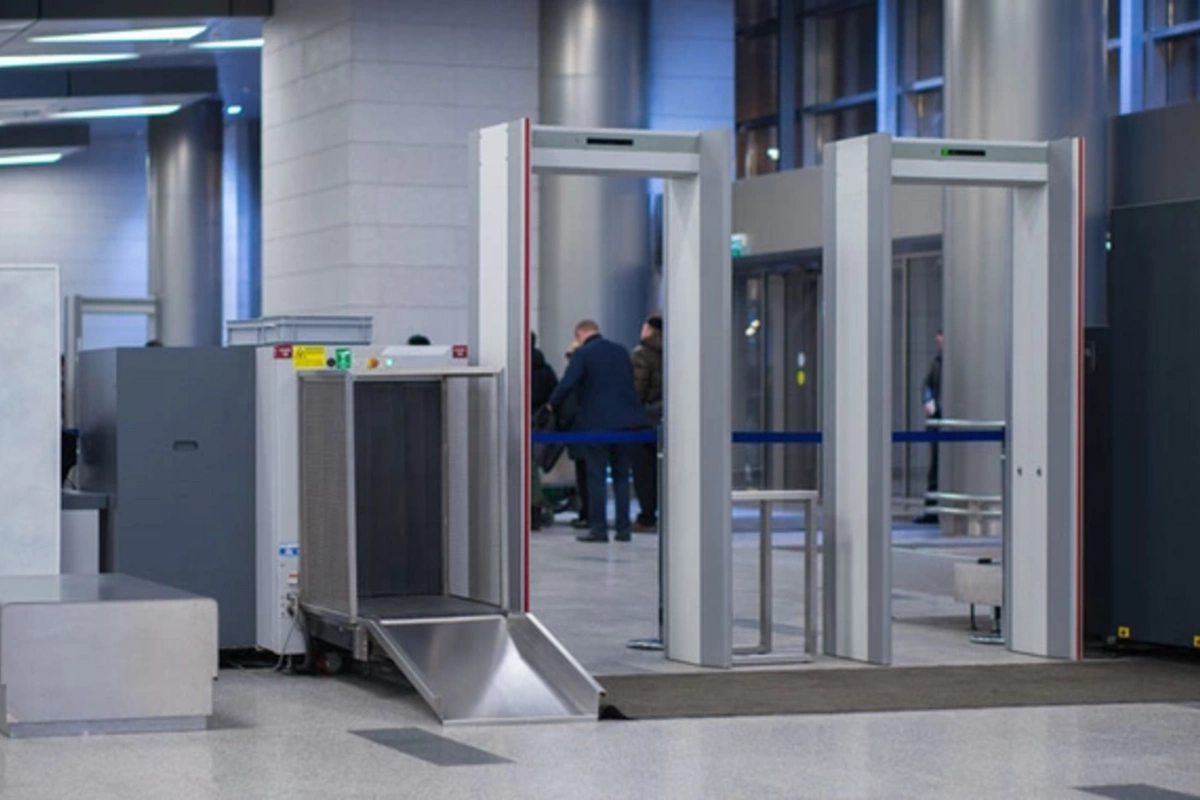08 Aug , 11:50
4

Body Scanners in Public Places: What You Need to Know About the Safety of Modern Screening Technologies
Innovative security systems are rapidly entering our everyday life. At transportation hubs and in public spaces, body scanners—devices that instantly detect objects hidden under clothing—are increasingly common. But how safe are these technologies for the health of people passing through them?
How Body Scanners Work
Modern screening systems predominantly use two types of scanners: those based on millimeter waves and those using X-ray radiation. The first type works with low-energy radio waves that barely penetrate the human body, making them relatively safe. The second type uses X-rays, which effectively identify objects under clothing but are associated with a certain dose of radiation exposure.
Risks and Concerns
The main concerns are related to X-ray scanners, as ionizing radiation has the property of accumulating in the body and theoretically may increase the probability of developing oncological diseases. However, it's important to note that the radiation level in modern devices is minimal and strictly regulated by international safety standards.
Millimeter wave scanners are considered significantly safer as they do not have an ionizing effect and only affect the surface layers of the skin. Most experts agree that such devices have virtually no impact on human health.
Expert Opinions
According to medical and radiation experts, when technical operating standards are followed, body scanners do not pose a significant threat to public health. A telling comparison: the radiation dose from passing through an X-ray scanner is many times lower than that from a standard dental X-ray or chest fluorography.
Despite this, specialists recommend that certain categories of citizens—pregnant women, children, and people with special medical conditions—choose alternative screening methods that exclude even minimal radiation exposure.
Conclusion
Modern body scanning technologies represent an effective tool for ensuring public safety with minimal impact on human health. Strict regulations and constant monitoring guarantee compliance with all precautionary measures. It's important to understand that the potential risks from using scanners are incomparably lower than the threats associated with the possible smuggling of prohibited items.
If in doubt, one can always exercise the right to alternative screening. Being informed about how these technologies work and taking a careful approach to one's own health will allow passing through necessary security checks as comfortably as possible and without unnecessary concerns.